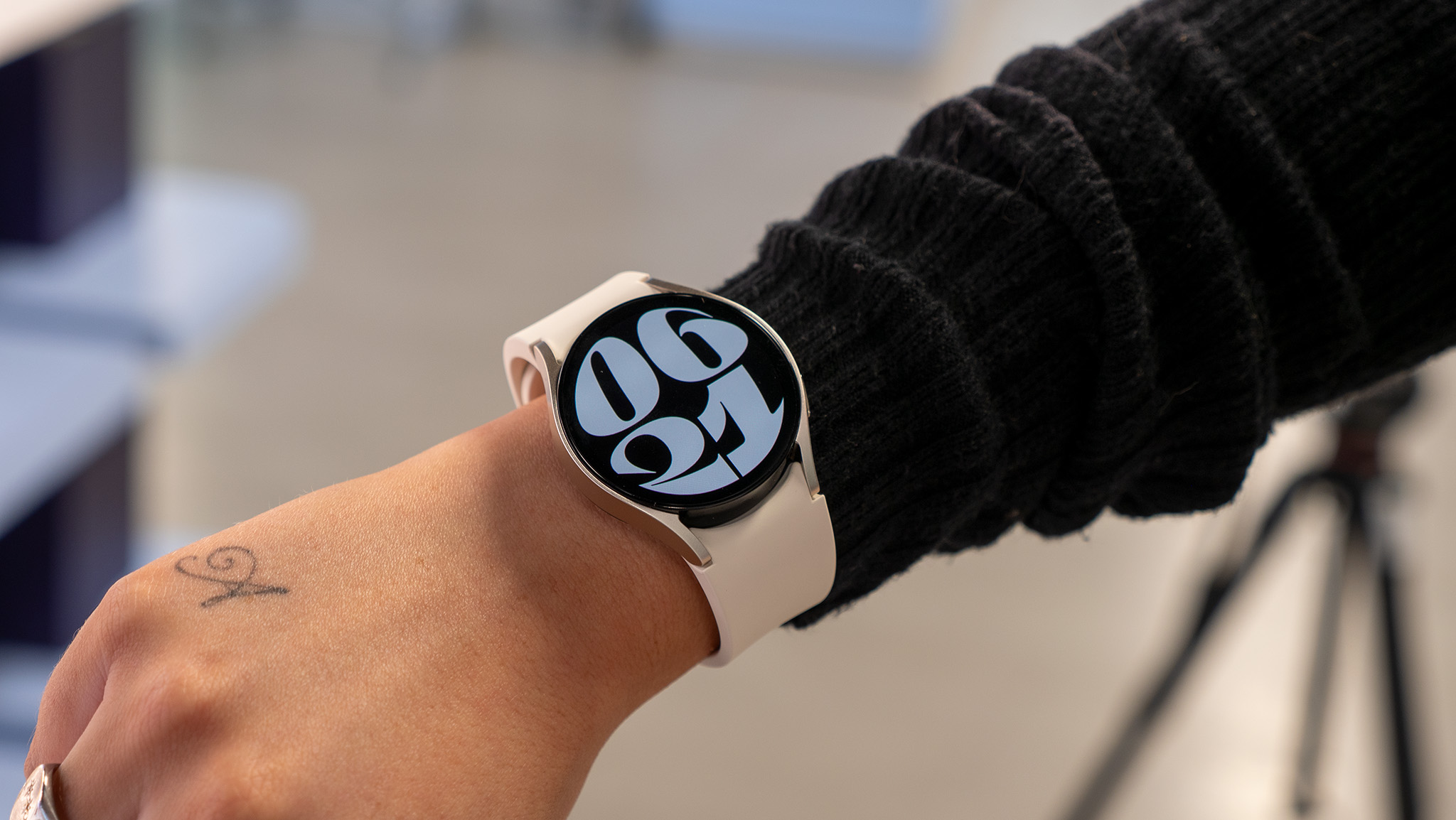Innovative Mantis Mirror Enhances Cycling Safety with Helmet-Mounted Dual-Mirror System

Rear-view mirrors have long been recognized as essential safety tools for various vehicles, including bicycles. However, cyclist Mike Kelly observed that traditional rear-view mirrors present significant challenges for cyclists, including himself. This observation inspired him to develop a unique solution: a helmet-mounted dual-mirror system named the Mantis Mirror. This innovative design appears to be highly feasible for any cycling enthusiast or DIY hacker eager to enhance their biking experience.
One of the most pressing issues that cyclists face is the existence of blind spots. As cyclists navigate the roads, their riding position frequently changessometimes they are upright, and other times they lean forward. This variability means that a rear-view mirror, which is perfectly aligned for one position, can become ineffective in another. Furthermore, road vibrations are notorious for displacing even the most securely attached mirrors, rendering them useless when cyclists need them the most.
To tackle these challenges, Mike Kelly devised an ingenious approach by attaching two small mirrors to a short extension that is securely anchored to the cyclist's helmet. This dual-mirror setup is designed to optimize visibility. The lower mirror offers a clear view of what is behind when the cyclist is in an upright position, while the upper mirror provides a rearward perspective when the cyclist is hunched over in a lower riding posture.
Mikes innovative design has garnered enthusiasm from fellow cyclists, leading him to consider launching a crowdfunding campaign to bring the Mantis Mirror to market. He is eager to gauge interest and potentially turn this ingenious concept into a commercially available safety product. For those who are inspired by Mike's invention, he encourages others to create their own versions of the Mantis Mirror.
For those interested in a closer look at the Mantis Mirror, a detailed video presentation is available below. Additionally, local news coverage has showcased the device, providing insights into its functionality and application in real-world cycling scenarios.
























